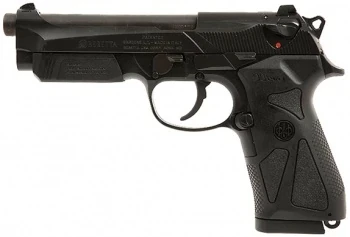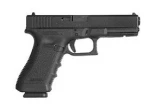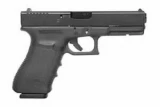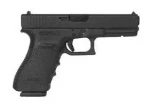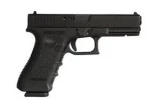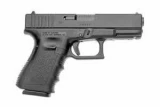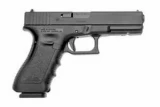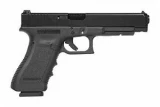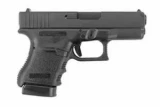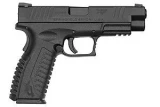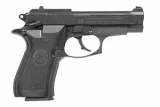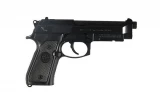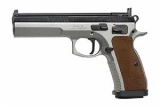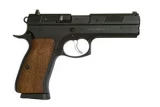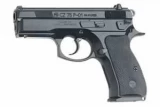Beretta 90-TWO vs FMAP PAM 1 (Pistola Ametralladora Modelo 1)
Put handguns head to head to compare caliber and more.
|
$409.85
|
vs |
$0.00
|
| Handguns | Beretta 90-TWO | FMAP PAM 1 (Pistola Ametralladora Modelo 1) |
|---|---|---|
| Summary | ||
| Rating | ||
| Rank | ||
| Action | Double Action | |
| Caliber | 9x19mm Parabellum | |
| Capacity | 17+1 | 17+1 |
| Sights | Night Sights | Front Blade |
| Barrel Length | 4.9" | |
| Finish | Black | Black |
| Gun Type | Pistol | |
| Details | ||
| Brand | Beretta | |
| Reviews | See 20 Reviews | N/A |
| Prices | ||
| MSRP | $413.85 | $0.00 |
| Used Price | $289.70 | $0.00 |
| Sale Price | $372.47 | $0.00 |
Handguns Descriptions
Beretta 90-TWO
The newly designed frame of 90two pistol ensures trouble-free insertion and holster extraction, thanks to its rounded and truly snag-free surfaces. Inside the frame, near the disassembly lever, a metallic recoil buffer reduces the impact of the slide assembly against the frame during the shooting cycle. By redistributing the stresses, the recoil buffer increases the service life of the firearm. Trigger guard is also rounded to ensure, when firing with two hands, the correct positioning of the supporting hand.
FMAP PAM 1 (Pistola Ametralladora Modelo 1)
The PAM 1 (Pistola Ametralladora Modelo 1) is an Argentinean submachine blowback gun designed in 1954 and made from 1955 to 1972 by FMAP (Fábrica Militar de Armas Portátiles) factory in the city of Rosario, Argentina. The PAM 1 is Argentinean made version of the US M3A1 "Grease-gun". The US M3A1 is a Second World War gun in .45 ACP and PAM is 9mm gun with higher rate of fire. Smaller caliber (9mm) allowed lighter and smaller gun made from thinner steel so the PAM 1 is a 7/8 replica of the U.S. M3A1. The PAM was know to overheat, hard to control in automatic fire and to accidentally discharge. That's why FMAP in 1963 introduced an improved selective-fire version with a grip safety on the magazine housing known as the PAM 2. Approximately 50,000 of PAM-1 and PAM-2 (With grip safety) 9mm submachine guns were produced from 1955-1972 for the Argentinean military. Many of them have been used by the Argentine Army during the Falkland Islands War with the United Kingdom in 1982.

